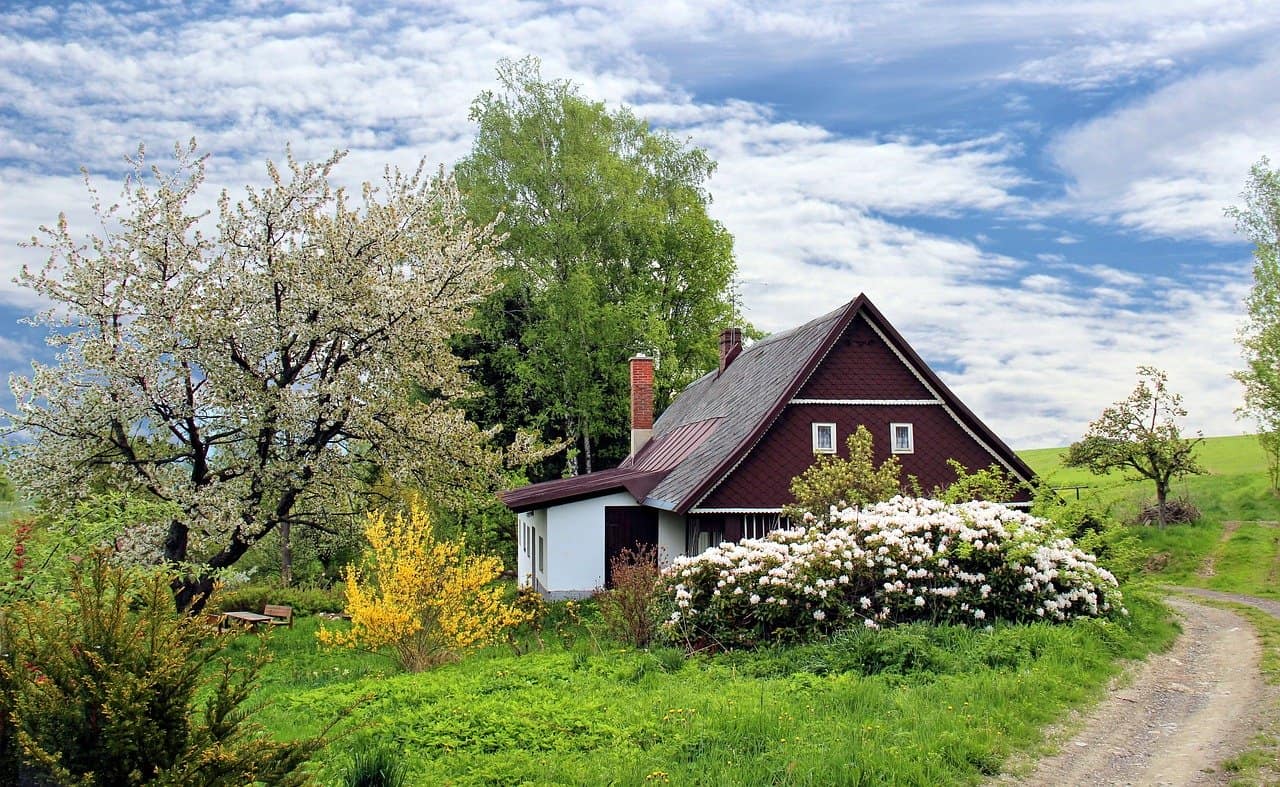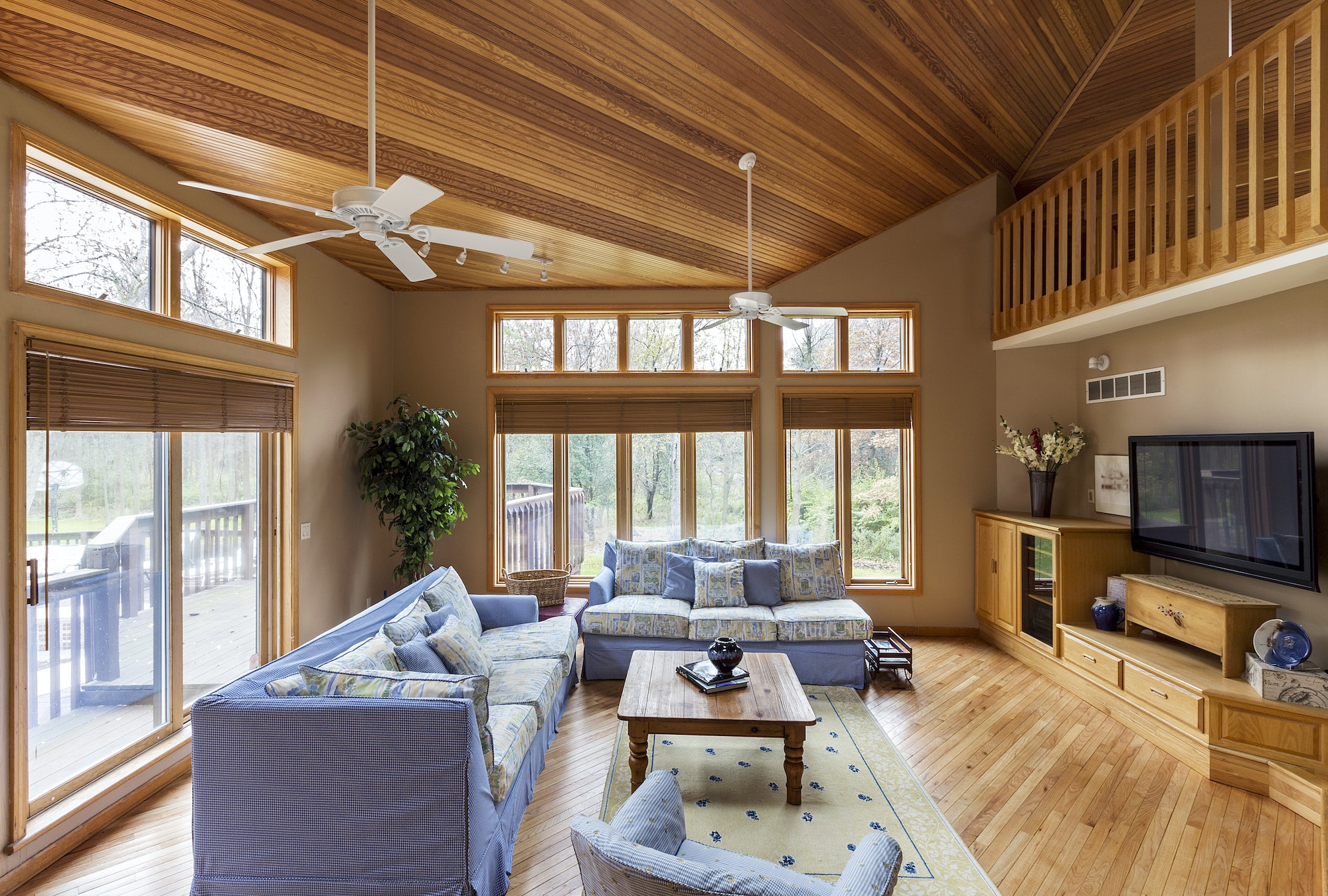If your neighbor’s yard gives you landscaping envy, there was probably plenty of thought, planning, and styling that went into their gorgeous garden.
Landscaping is not an exact science, but it comes pretty darn close if you leave it up to the professionals who know the best tips of the trade.
Here are some of the top landscaping styles that are used to turn mediocre yards into dreamy, well-balanced artscapes.
Landscaping Styles, Tips and Tricks for a Beautiful Yard
When it comes down to it, the best landscape designs are the ones that are carefully and meticulously planned out. And believe it or not, landscaping not only requires creativity but also a touch of science and mathematics.
Before you dive into relandscaping your yard, it’s best to decide on the type of yard that would suit your lifestyle. Any residential landscaper will tell you that it’s best to work with you have, too. Some garden styles simply won’t work according to the amount of space you have and your local climate.
Here are some top landscaping styles for inspiration:
1. The Regulating Line
If you have a dominant feature in your yard, use it as a focal point. This then generates a regulating line that connects other elements in your yard.
An example of a dominant feature would be a big, beautiful tree, a swimming pool, a water fountain or rock feature. Layout the rest of the elements in your yard in-line with this feature. This will give you an organized, cohesive overall landscape, which can be softened by the addition of plants.
2. Always Go Big
This is a landscaping rule related to scale and space in your yard. Basically, if you’re faced with the decision to go higher, bigger or longer with certain elements, always choose to go bigger, rather than smaller. This could relate to elements such as a staircase, pergola, archway, or even your swimming pool.
This landscaping style is also relevant to small yards- always choose to size up a little to accommodate the growth and spread of your foliage.
3. Organize Your Planting from Big to Small
One of the best ways to ensure your landscape scales and grows well, no matter the season, is to plant from big to small. In other words, start with your biggest plants first, then work your way down. I.e. plant trees, then shrubs, then perennials, then ground cover.
Overall, this landscaping style helps to organize the composition of your yard and gives a better sense of structure.
4. Pick One and Plant En-Masse
Looking to make a real statement in your yard? The best way to do so is by picking one plant and filling up your yard, en-masse, with the same species. Seeing one type of plant in beautiful, blooming condition can be just as impactful as a colorful assortment of plants.
The repetition of one, simple element can be striking and simple to maintain all at once.
5. Plant Wisely
Finally, the key to a healthy, well-landscaped yard is to plant your plants well. This means planting them at the right height, in the right size planter or pit, with the best quality soil.
Remember that plants need a good quality home of their own in order to thrive.
Looking for Interior Inspiration?
If your home’s landscaping styles are already on-point, perhaps you’re looking to work on your interiors next?
Be sure to explore the rest of this website for architectural, interior, and furniture inspiration for a modern, sophisticated home.
Discover more from Futurist Architecture
Subscribe to get the latest posts sent to your email.



